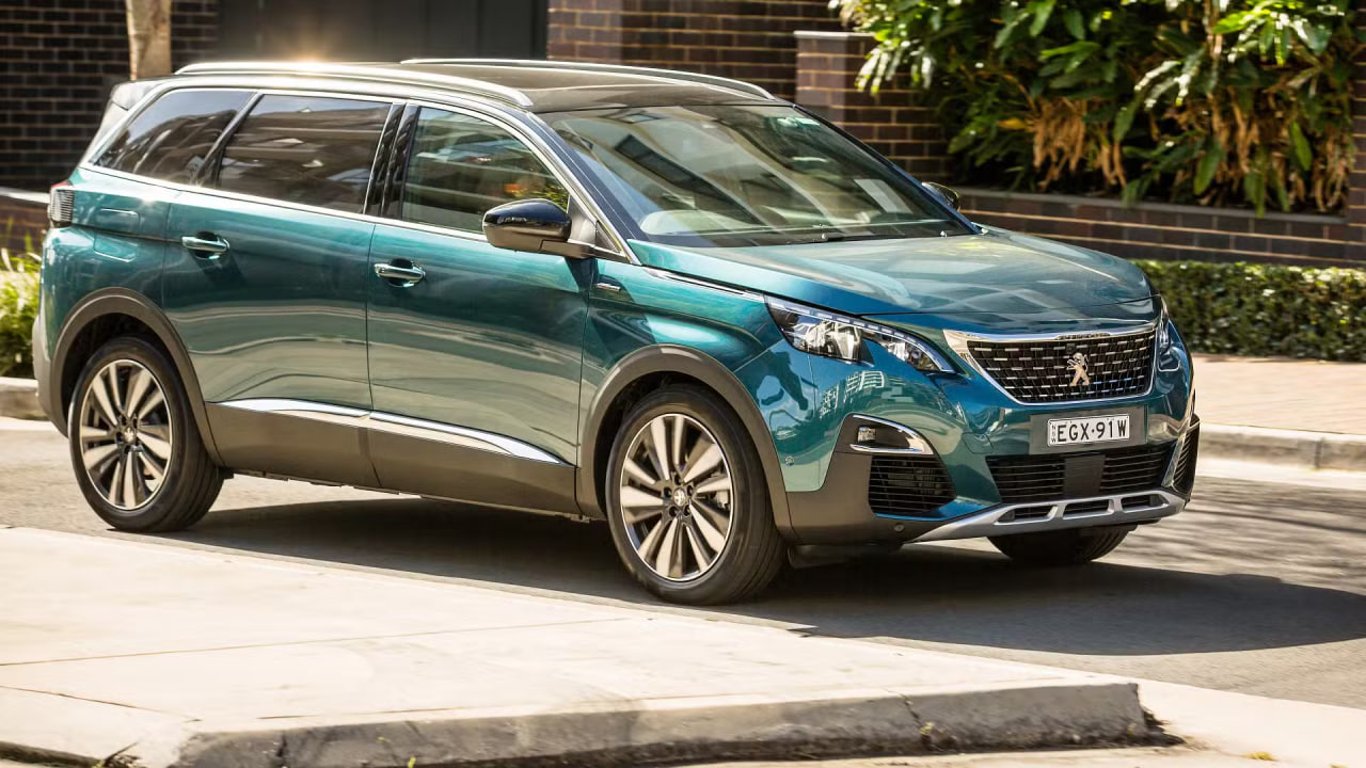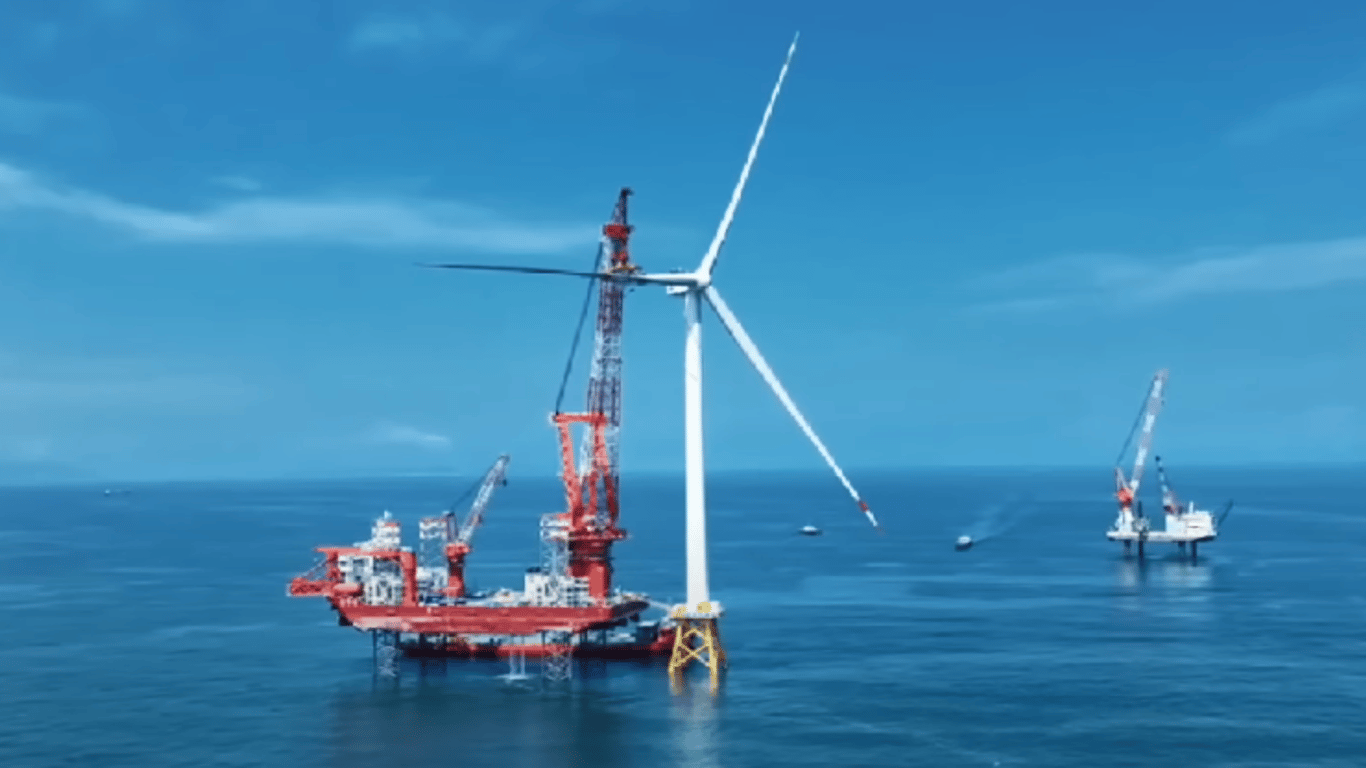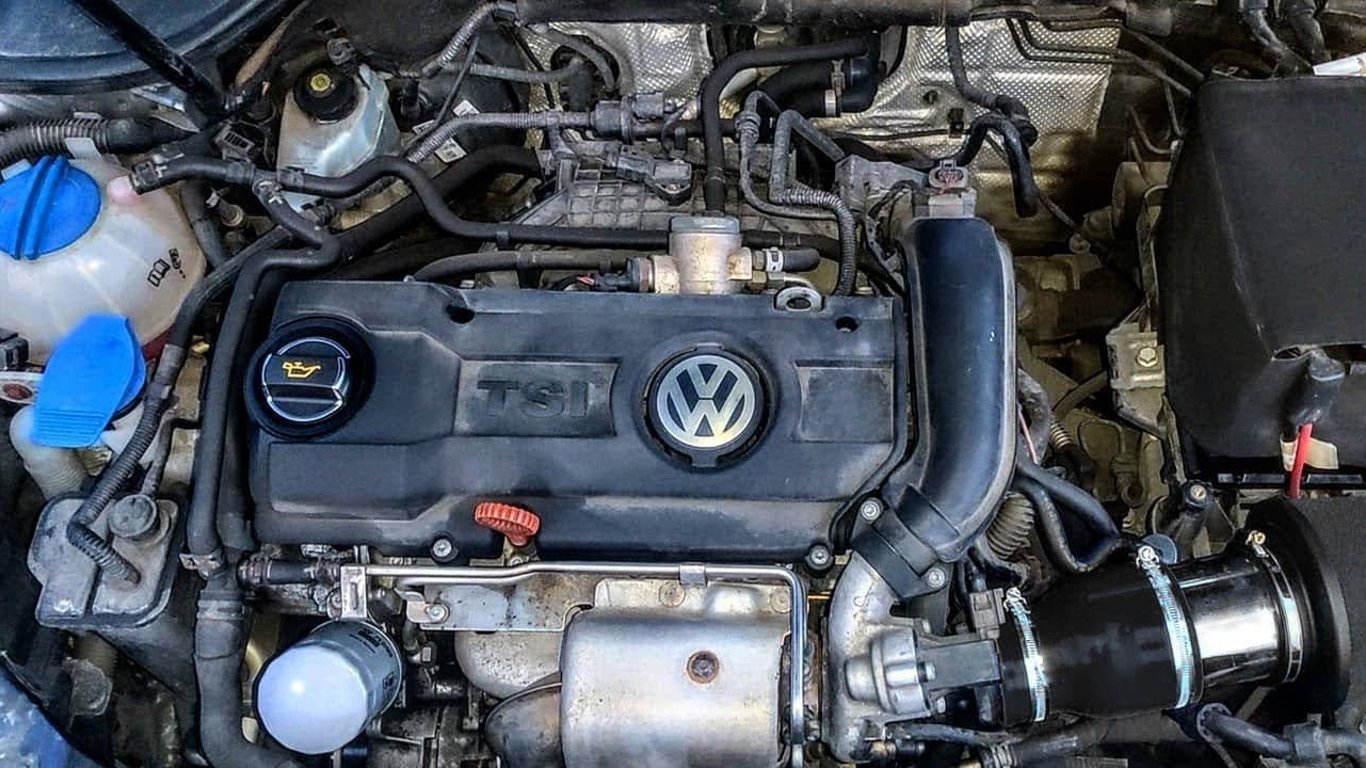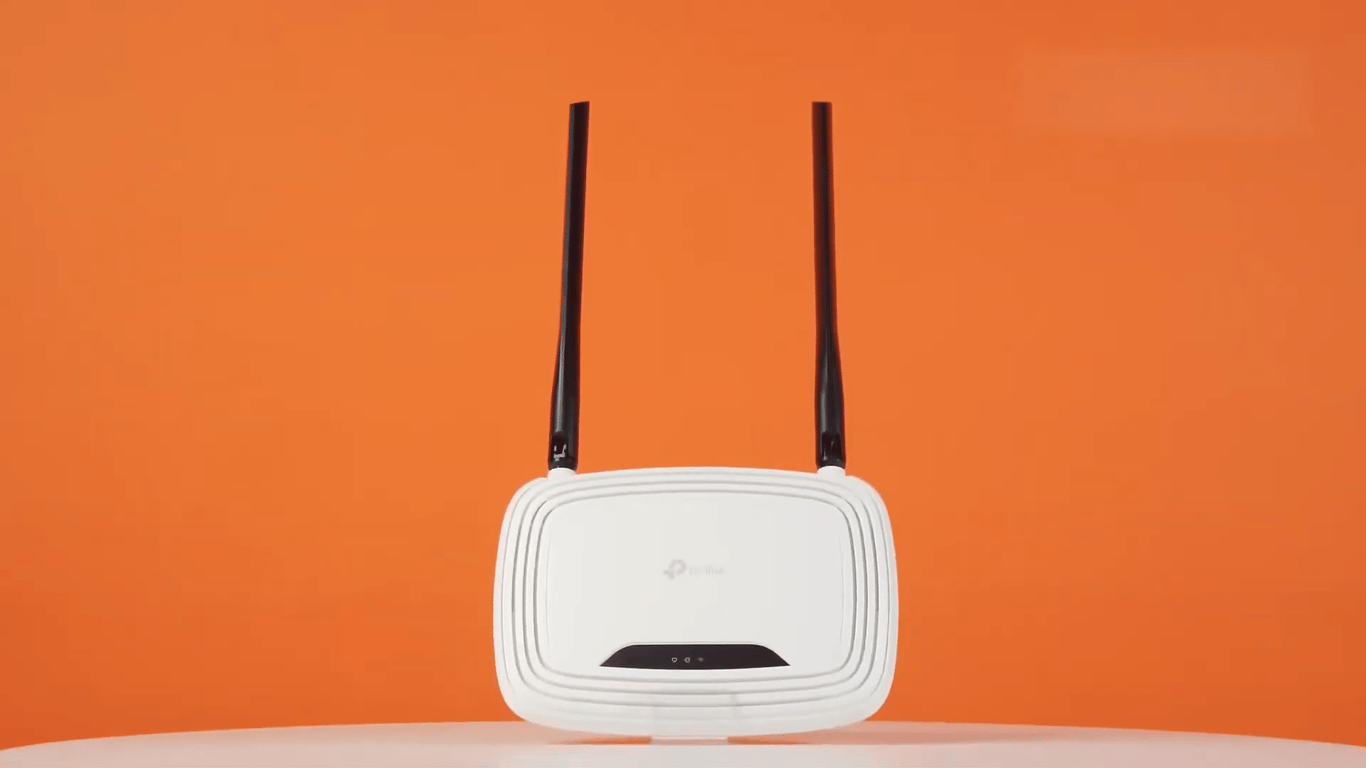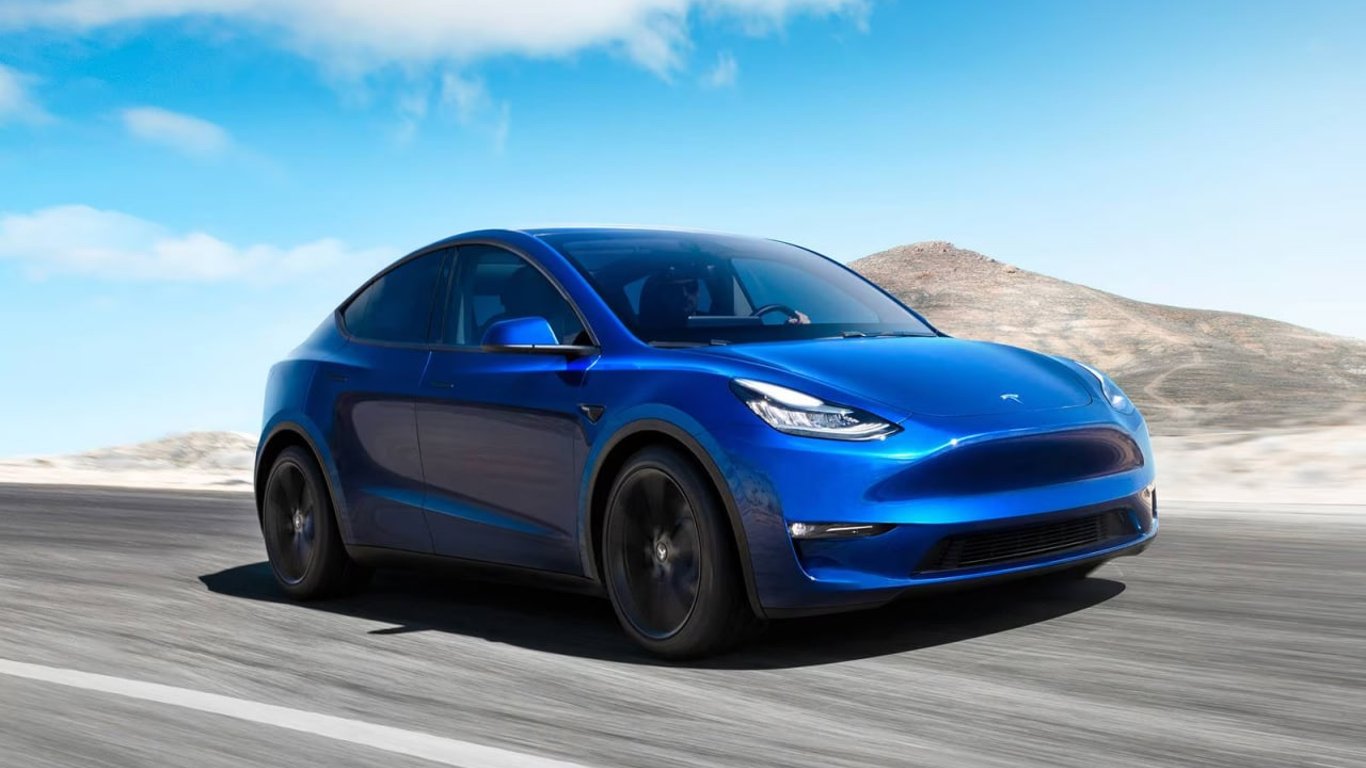Why drivers feel nauseous in electric cars and what to do about it.
08.07.2025
2185

Journalist
Shostal Oleksandr
08.07.2025
2185

According to information from , drivers who usually do not feel nauseous during trips in internal combustion engine vehicles can experience motion sickness while driving an electric car.
Scientists from Nagoya University in Japan believe that the problem lies in regenerative braking, which creates low-frequency vibrations and irregular delays. The brain cannot process them correctly, leading to feelings of nausea.
How to help the driver
Scientists recommend producing a sound at a frequency of 100 Hz for one minute to reduce nausea during electric car trips. This sound stimulates the organs responsible for detecting acceleration and gravitational forces. The effect becomes noticeable over a long period and improves the driver's balance.
Currently, scientists are collaborating with Denso to integrate this method into modern infotainment systems of electric vehicles.
Some drivers may experience nausea when driving an electric vehicle due to low-frequency vibrations created by regenerative braking. Japanese scientists have proposed a method involving sound reproduction to alleviate this unpleasant sensation and improve the driver’s balance.Read also
- Is it worth buying a used second-generation Peugeot 5008
- Height of 152 meters - where the largest wind turbine in the world was built
- The most problematic gasoline engines in used cars have been named
- 8 Things That Interfere with Your Wi-Fi Signal at Home
- Manual or Automatic Transmission - Which is More Economical
- The Worst Years of Release for the Popular Tesla Model Y in Ukraine
